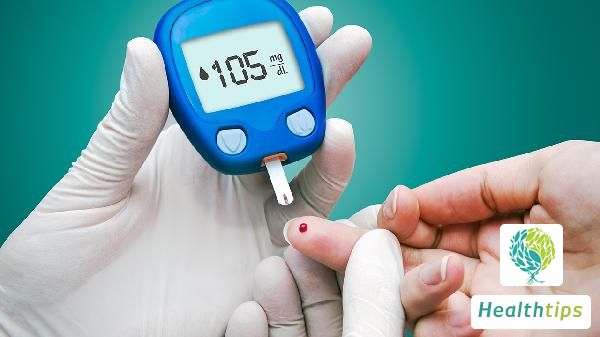Does Surgical Treatment for Genital Wart Require Hospitalization?
The treatment of condyloma acuminatum does not require hospitalization, and it can be treated normally in outpatient clinics. As long as the treatment plan is appropriate and the method is correct, the disease can be completely cured. However, it also depends on the individual's condition. If the patient chooses surgical treatment and the condition is severe, the doctor may recommend hospitalization. In fact, if surgical treatment is not adopted, hospitalization is not necessary for the treatment of condyloma acuminatum. As long as the patient can receive timely treatment, the goal of recovery can be achieved.

Condyloma acuminatum is a transmissible disease that is often spread through sexual activity. Once infected, patients should promptly seek medical examination and treatment. Currently, the treatment of condyloma acuminatum often involves physical therapy, laser therapy, and cryotherapy. At the same time, patients also need to cooperate with drug treatment. As long as patients receive timely treatment, they can generally be cured.
Condyloma acuminatum may recur after recovery. The clinical recovery standard for condyloma acuminatum is generally most commonly seen within 3 months after treatment. As time goes on, the patient's infectivity decreases. If there is no recurrence after 1 year of treatment, the infectivity and possibility of recurrence are very small. Therefore, patients should not assume that the condition has improved just because it appears to be less severe than before. Condyloma acuminatum is a highly transmissible disease, and the concept of clinical recovery generally refers to no recurrence within eight months. In this case, most people will not experience recurrence again in the future, unless they are reinfected.
Specific figures are difficult to statistic due to the uncertainty of whether recurrences are due to reinfection (including even unrecognized transmission through contaminated items) or recurrences of the previous disease. Therefore, even after recovery, patients should be very cautious. After recovery from condyloma acuminatum, patients should be able to live like normal individuals, which is the case for the majority of patients. However, female patients who have been infected with this virus should be extra cautious and undergo cervical screenings every 3 years after recovery, especially those over 40 years old.
Currently, there are many treatments for condyloma acuminatum, including traditional methods such as freezing, laser therapy, electrocautery, surgery, and topical medications. These treatments can only remove visible lesions but cannot eliminate subclinical infections or HPV virus carriage, and often leave scars locally. Antiviral drugs such as interferon and ganciclovir can only temporarily clear active viruses on the surface of the body and cannot kill viruses in a dormant state. Therefore, when the human immune system weakens or is stimulated by external factors such as smoking and alcohol, some dormant viruses in the body may become active, leading to recurrent disease.



















